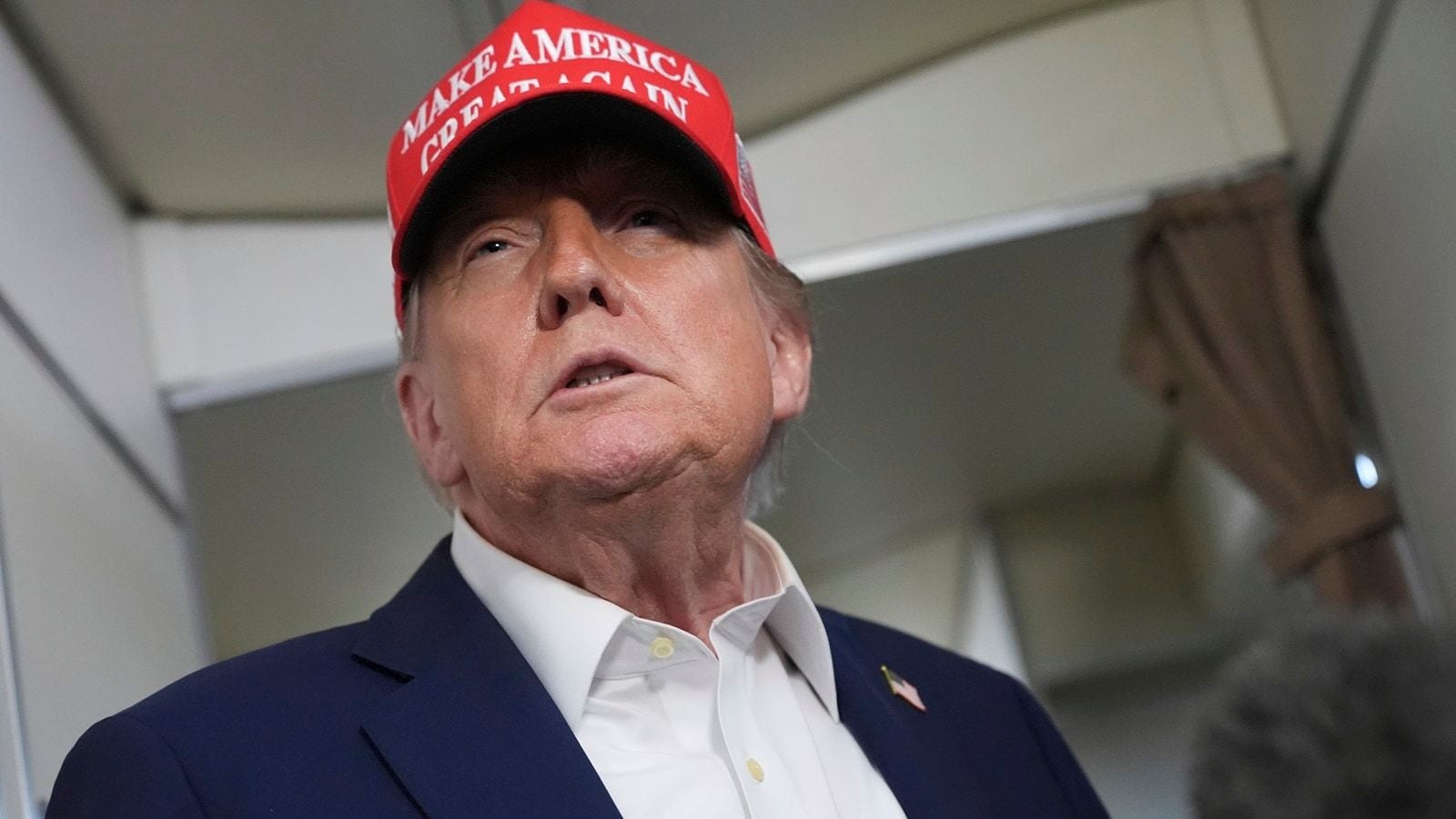 |
|
The article details a new round of tariffs imposed by former President Trump on twelve countries, following previously announced tariffs on South Korea and Japan. These new tariffs, set to begin on August 1st, target a wide range of nations with varying rates. Myanmar and the Lao People’s Democratic Republic face the highest tariffs at 40%, while other countries such as Cambodia, Thailand, and Bangladesh are subject to tariffs of 36% and 35% respectively. The move is presented as a measure to correct what Trump describes as “unfair” trade practices that have led to large trade deficits for the United States, which he views as a threat to the national economy and security. The article also highlights Trump's warning against any retaliatory action, threatening to increase US tariffs by the same amount any country raises their tariffs on US goods. This aggressive stance signals a continuation of his “America First” trade policy and suggests a potential escalation of trade tensions with the affected nations. The article further notes the reaction to these tariffs, including a statement from White House Press Secretary Karoline Leavitt, who states that allies and rivals are recalibrating their response to Trump's trade agenda. The article also mentions the initial tariffs on South Korea and Japan, noting slight adjustments to the rates compared to previous announcements, and the implementation of a temporary 10% cap on reciprocal tariffs to allow for negotiations. However, only two agreements have been reached so far, with Britain and Vietnam. Furthermore, the article states that the announcement of the new tariffs led to a plunge in US share indexes, indicating the market's negative reaction to the increased trade uncertainty. The imposition of these tariffs is a significant development in international trade relations. It reflects a protectionist approach aimed at reducing trade deficits and bolstering domestic industries. The effectiveness of such measures is debatable, as they often lead to retaliatory tariffs from other countries, potentially harming US exports and increasing costs for American consumers. The economic consequences of these tariffs are likely to be complex and far-reaching, affecting businesses, consumers, and international relations. The article effectively outlines the key aspects of the new tariffs, providing a snapshot of the potential implications for the global economy. Further analysis would be needed to fully understand the long-term effects of these trade policies.
The core argument presented in the article is that Trump's new tariffs are designed to rectify what he considers to be unfair trade practices that have resulted in significant trade deficits for the United States. This perspective aligns with the broader "America First" trade policy that characterized his presidency, which prioritized domestic industries and sought to reduce reliance on foreign goods. The article supports this argument by detailing the specific tariffs imposed on various countries and quoting Trump's rationale for the measures. He claims that these tariffs are necessary to address the trade deficit, which he views as a major threat to the US economy and national security. However, the article also hints at potential counter-arguments and criticisms of this approach. The mention of retaliatory actions and the negative reaction of US share indexes suggests that the tariffs could have unintended consequences, such as harming US exports and disrupting global trade flows. The economic validity of Trump's argument is a matter of ongoing debate. While trade deficits can indicate a lack of competitiveness in certain industries, they are not necessarily detrimental to the overall economy. Critics argue that focusing solely on reducing trade deficits can lead to protectionist policies that harm consumers and stifle innovation. They advocate for a more nuanced approach to trade policy that takes into account the benefits of free trade, such as lower prices, increased consumer choice, and access to a wider range of goods and services. The article serves as a factual report of Trump's tariff actions, rather than a commentary. It lays out the facts and leaves space for different interpretations and viewpoints. One can argue that the article implicitly questions the validity of Trump's trade policies by highlighting the potential negative consequences, but it stops short of explicitly endorsing any particular viewpoint.
From an international perspective, Trump's imposition of tariffs on these 12 countries, in addition to South Korea and Japan, represents a significant challenge to the existing global trade order. The World Trade Organization (WTO) promotes free and fair trade among its member countries, with the goal of reducing trade barriers and fostering economic growth. Trump's unilateral imposition of tariffs, without seeking multilateral consensus or adhering to WTO rules, undermines the principles of multilateralism and could trigger a trade war. The affected countries are likely to respond with retaliatory tariffs on US goods, which would escalate trade tensions and potentially disrupt global supply chains. The long-term consequences of such a trade war could be severe, including reduced economic growth, increased inflation, and greater uncertainty for businesses and consumers. Furthermore, Trump's actions could embolden other countries to pursue protectionist policies, leading to a fragmentation of the global trading system. This would make it more difficult for businesses to operate internationally and could hinder efforts to address global challenges such as climate change and poverty. The article mentions that allies and rivals are recalibrating their response, showcasing the international implications. The article provides a glimpse into the complex and interconnected nature of international trade relations, and highlights the potential risks associated with protectionist policies. It suggests that Trump's actions could have far-reaching consequences for the global economy and the international political order. Furthermore, the reliance on tariffs could create unforeseen economic issues. Local industries may become reliant on this protection, creating less competitive companies in the long run, as they don't need to improve quality or lower prices. It will be important to monitor the developments in the coming months and years.
